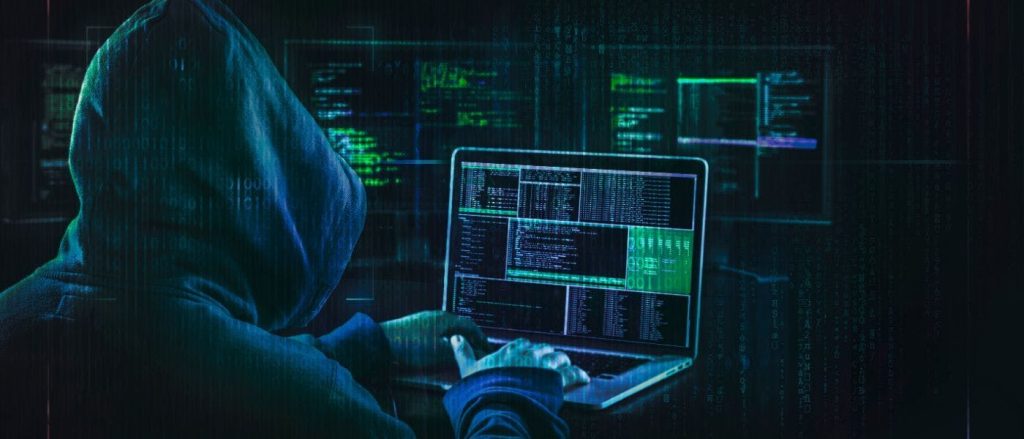The Dark Web, often perceived as a realm shrouded in secrecy and illicit activities, also plays a crucial role in safeguarding intellectual property rights on a global scale. Unlike its notorious reputation, the Dark Web serves as a vital tool for protecting the ownership and integrity of intellectual creations. One of the primary ways it accomplishes this is through the use of secure, anonymous platforms that facilitate the protection of sensitive information. For creators, inventors, and businesses, the Dark Web offers a hidden layer of defense against the unauthorized distribution and theft of their intellectual property. Intellectual property, which includes patents, trademarks, copyrights, and trade secrets, represents significant value for individuals and organizations. The traditional methods of enforcing these rights can sometimes fall short, particularly in jurisdictions with less robust legal frameworks or where enforcement resources are limited. This is where the Dark Web’s unique characteristics come into play. By providing a space where intellectual property holders can monitor and counteract potential infringements discreetly, it offers an additional layer of protection that is difficult to achieve through conventional means.

For instance, specialized forums and marketplaces on the uncensored hidden wiki Dark Web can be utilized by intellectual property holders to track and identify counterfeit goods or pirated content. These platforms enable rights holders to observe illegal activities without revealing their identities or compromising their security. Additionally, the anonymity provided by the Dark Web helps protect the whistleblowers and informants who come forward with critical information about intellectual property violations. This shield of secrecy encourages more proactive reporting and intervention, which can lead to more effective enforcement actions. Moreover, the Dark Web can also serve as a resource for gathering intelligence on emerging threats and potential infringements. By engaging with various networks and monitoring discussions, intellectual property holders can gain insights into the tactics and methods employed by counterfeiters and pirates. This intelligence can be used to adapt and strengthen their own protection strategies, making it more difficult for unauthorized parties to exploit or infringe upon their intellectual property.
However, while the Dark Web offers these advantages, it is important to approach its use with caution. The same anonymity that protects intellectual property rights holders can also attract individuals with malicious intent. Therefore, it is essential to employ robust security measures and ethical practices when navigating this digital landscape. Collaborating with cyber security experts and legal professionals can help ensure that the use of the Dark Web aligns with legal standards and best practices for intellectual property protection. In conclusion, the Dark Web, despite its reputation, provides a valuable resource for protecting intellectual property rights. By offering a secure and anonymous environment for monitoring, intelligence gathering, and enforcement, it contributes to the broader efforts to safeguard creative and innovative works. As intellectual property continues to play a crucial role in the global economy, leveraging the Dark Web’s unique capabilities can enhance the protection and enforcement of these vital assets.
